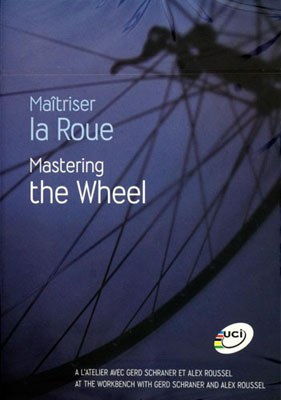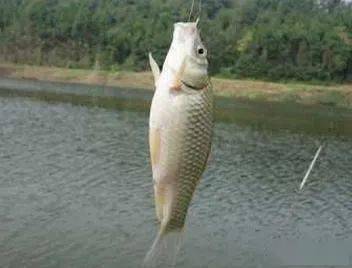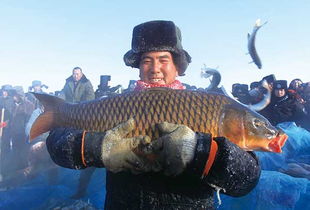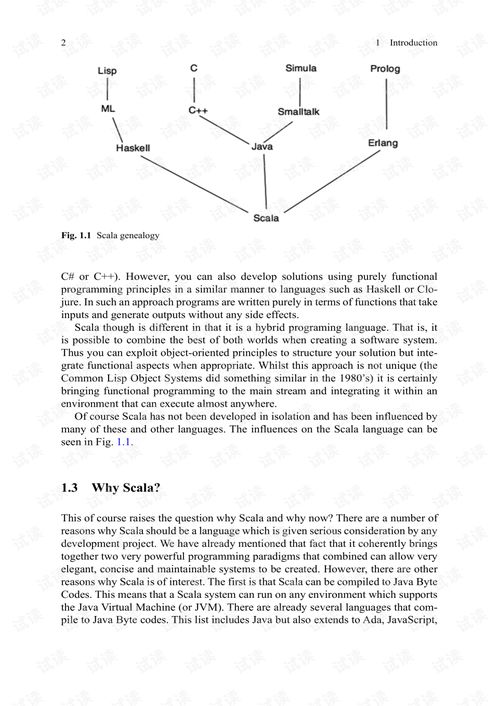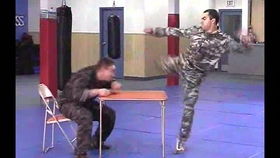Content:
When the fish aren't biting, it can be incredibly frustrating for even the most seasoned anglers. However, understanding the reasons behind the fish's lack of appetite and adopting the right fishing techniques can make all the difference. In this article, we will delve into the possible causes of fish not eating and provide you with valuable tips and tricks to improve your chances of catching fish even when they seem uninterested in food.
Understanding Why Fish May Not Eat
Before we dive into the fishing techniques, it's essential to understand why fish might not be eating. Here are some common reasons:
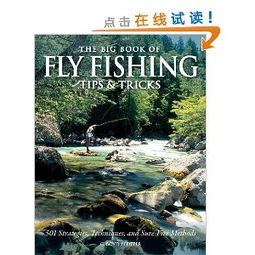
- Weather Conditions: Bad weather, such as strong winds, heavy rain, or extreme temperatures, can stress fish and reduce their appetite.
- Water Conditions: Poor water quality, such as high ammonia levels or low oxygen, can make fish less likely to feed.
- Lack of Food Sources: If there is a scarcity of natural food in the water, fish may not be interested in artificial bait.
- Fishing Pressure: Overfishing can lead to fish becoming wary of lures and bait, making them less likely to bite.
- Human Activity: Noise and disturbances from boats or other anglers can spook fish and deter them from feeding.
Fishing Techniques When Fish Are Not Eating
Now that we know the potential reasons behind fish not eating, let's explore some effective fishing techniques:
Change Your Location: If you've been fishing in the same spot for a while and haven't had any luck, try moving to a new location. Look for areas where fish are more likely to be feeding, such as near structure, in deeper water, or along the edges of weed beds.
Adjust Your Presentation: If the fish are not interested in your bait, try changing the way you present it. For example, if you're using a lure, try varying the speed and direction of your retrieve. If you're using live bait, experiment with different ways of rigging it or presenting it to the fish.
Use Smaller Bait: Sometimes, larger baits can be too much for fish that are not eating. Try using smaller lures or bait that more closely resemble natural prey.
Change Your Baits: If the fish are not responding to the baits you're using, switch to something completely different. This could mean trying a different color, shape, or type of bait altogether.
Adjust Your Timing: Fish are more likely to feed during certain times of the day. Early morning, late evening, and during twilight hours are typically when fish are most active. Adjust your fishing schedule to coincide with these times.
Use Live Bait: Live bait can be more effective than artificial lures, especially when fish are not eating. Live bait moves naturally in the water and can be more appealing to fish that are not interested in artificial options.
Be Patient and Quiet: When fish are not eating, it's crucial to be patient and not make sudden movements or loud noises. The quieter and more patient you are, the better your chances of catching fish.
Try Different Depths: Sometimes, fish are feeding at different depths. Experiment with fishing at various depths to see where the fish are holding.
Use a Soft Bait: Soft baits can be more natural-looking and can be fished in a way that mimics the natural movement of prey. This can be particularly effective when fish are not eating.
Be Mindful of Currents: Strong currents can make it difficult for fish to feed. Try to fish in areas where the current is gentle or find spots where the current is broken by rocks or other structures.
By understanding the reasons behind fish not eating and applying these techniques, you can improve your chances of success even when the fish seem uninterested in food. Remember, fishing is as much about patience and persistence as it is about skill and technique. Keep experimenting with different methods, and eventually, you'll find what works best in your particular situation. Happy fishing!
